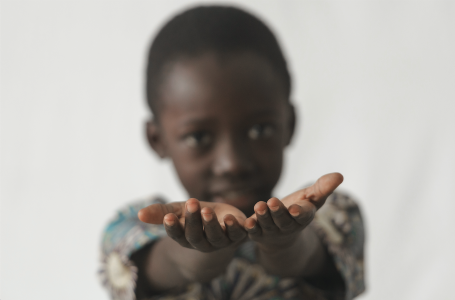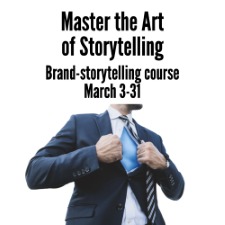Show readers one — not 1,001
What would make people give twice as much money to a single child as to 11 million starving children in Ethiopia? A human-interest story.

For the study — by researchers at the University of Pennsylvania, Carnegie Mellon University and Decision Research — people read one of two letters.
The first focused on facts and stats about the magnitude of the problems facing children in Africa:
- Food shortages in Malawi are affecting more than 3 million children.
- In Zambia, severe rainfall deficits have resulted in a 42% drop in maize production from 2000. As a result, an estimated 3 million Zambians face hunger.
- Four million Angolans — one third of the population — have been forced to flee their homes.
- More than 11 million people in Ethiopia need immediate food assistance.
The second shared the story of a single African girl named Rokia:
On average, the people who read the statistics contributed $1.14. The people who read about Rokia contributed $2.38 — more than twice as much.
“If I look at the mass, I will never act. If I look at the one, I will.”
— Mother Teresa
Next, the researchers gave a third group of people both sets of information — the statistics and the story about Rokia. Perhaps, they thought, the combination of statistics and stories — the power of individual need coupled with the statistical scale of the problem — would inspire a whole new level of giving.
Not so. The people who received both letters gave $1.43, almost a dollar less than the people who read the Rokia story alone. Somehow the statistics — evidence of massive human suffering — actually made people less charitable.
“The mere act of calculation reduced people’s charity,” the Heaths write. “Once we put on our analytical hat, we react to emotional appeals differently. We hinder our ability to feel.”
Multiply your communication success:
Choose the story, not the statistic.
How can you engage your readers?
As ad giant David Ogilvy famously said, “Nobody ever sold anybody anything by boring them to death.”

Most organizations seem to have missed that memo.
But at Master the Art of Storytelling — our creative-writing workshop starting March 3 — you’ll learn how to engage readers with a great story, as well as other creative elements like concrete details, description, wordplay and metaphor.
You’ll leave with creative techniques for writing stories that grab attention, communicate more clearly, make your message more memorable and move readers to act.
Save up to $100 with our group discounts.
